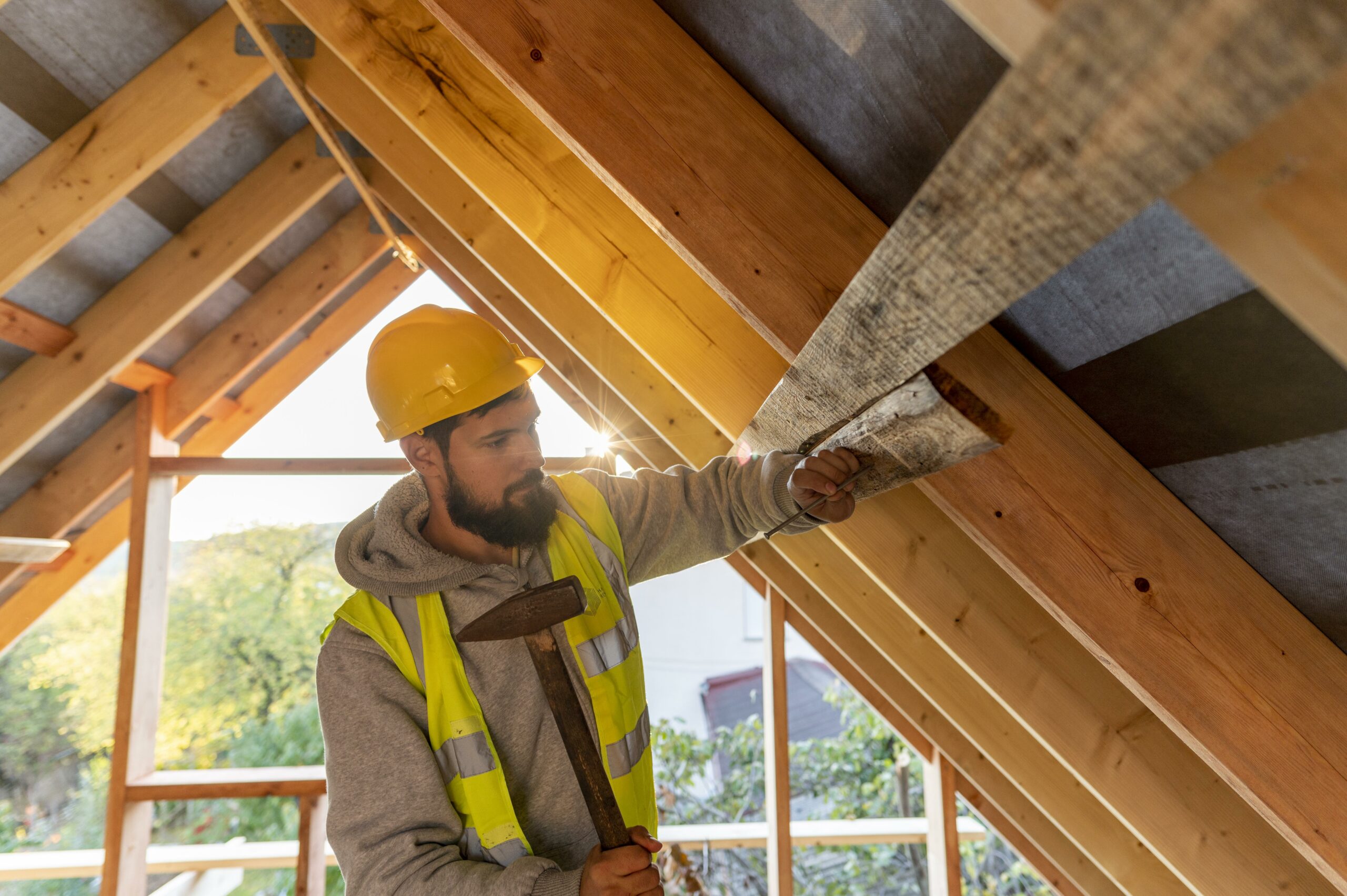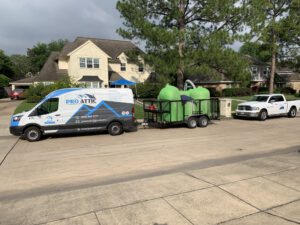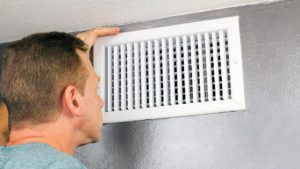In this blog entry, the Houston attic cleaning and Houston attic insulation experts here at ProAttic Houston will detail the process and facts surrounding attic insulation removal.
Damaged Ductwork Insulation
When air duct insulation is damaged, it makes your home less energy efficient, causes HVAC systems to work much harder, and increases your monthly utility bill. Contaminated ductwork can make indoor air quality dangerous, potentially impacting health. Residential ductwork insulation is easily damaged due to multiple reasons from pest invasions, animal nests, water damage, or calculation of mold or asbestos.
Dangerous Insulation Types
It’s dangerous to try to remove insulation by yourself. Three dangerous forms of insulation are vermiculite (which need to be removed by asbestos abatement professionals who will seal off the area as regular removal will release high dangerous spores that become airborne,) cellulose (which can be a fire hazard, especially when old,) and balsa wood, which can hold carcinogens.
Signs that Attic Insulation Requires Replacement
Insulation is crumbling due to damage or aging. There is mixture present or visible water damage; you see black spotted mold, white fuzzy mold, or streaks on insulation. You see animal waste, urine, gnaw marks, scratches, droplets, or tunneling.
Types of Attic Duct Insulation
- Loose-Fill Cellulose Insulation
Common in attics, known as blown-in insulation, loose fill cellulose insulation comes in brown or gray, and crumbles when grabbed industrial hoses are required to suck up this cellulose or recyclable fiberglass insulation.
- Blanket Insulation – Also called Batt and Roll insulation, this installation is usually yellow or pink and comes in thick 4-12 inch mats that can be rolled up and placed into a wastebasket. This insulation is usually crafted out of rockwool, fiberglass, or flex fiber.









